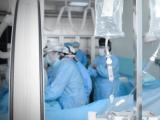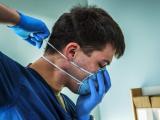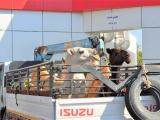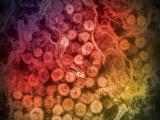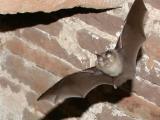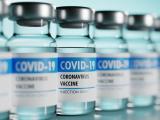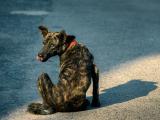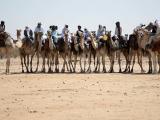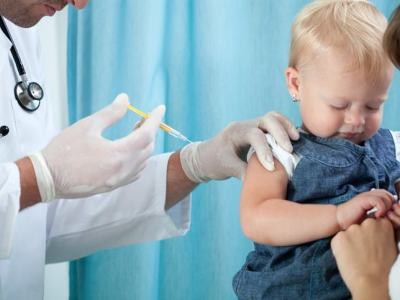The World Health Organization (WHO) yesterday updated its surveillance recommendations for MERS-CoV (Middle East respiratory syndrome coronavirus) to make them consistent with recent findings about diagnostic samples and the disease's potentially long incubation period.
The revised recommendations put more emphasis on the use of lower respiratory specimens for diagnostic testing and reflect the supposition that the incubation period may be as long as 14 days.
The agency said increasing evidence suggests that nasopharyngeal (NP) swabs aren't as sensitive as lower respiratory specimens for detecting infections, as a number of patients have had negative tests on NP swabs but positive results from lower respiratory specimens. If MERS-CoV is strongly suspected on the basis of clinical and epidemiologic findings, a negative NP sample may not be enough to exclude it, the statement said.
The incubation period is usually less than a week, but in at least one case, it was 9 to 12 days. "Further evidence in cases exposed over a range of time suggests that at least in a minority of cases, incubation period may exceed 1 week but is less than 2 weeks," the recommendations say.
In confirmed MERS cases, investigators should look for the patient's potential exposures in the 14 days before illness onset, the WHO advises.
Camel recovery
In other developments, a sick camel that was treated by a United Arab Emirates (UAE) man who got sick and died from a MERS-CoV infection shortly afterward has recovered, according to a report yesterday from "7 Days in Dubai," a news Web site based in the UAE.
The information on the camel came from Clemens Wendtner, MD, a German researcher who has been involved in studying the disease and investigating the illness of the UAE man, who was hospitalized in Germany. Wendtner is a professor of medicine and assistant medical director at the University of Cologne.
The report did not say if the camel was tested for the virus. No animal reservoir for the virus has yet been identified.
Calls for aggressive approach
Meanwhile, experts elsewhere are calling for an aggressive approach to infection control in suspected and confirmed MERS-CoV cases.
In view of a recent report on a hospital-associated MERS-CoV outbreak in Saudi Arabia, the risk of healthcare-associated transmission of the virus appears significant, the European Centre for Disease Prevention and Control (ECDC) said in a short statement today. The statement referred to a recent New England Journal of Medicine report on the outbreak in the Al-Ahsa region of Saudi Arabia, involving 23 confirmed and 11 probable cases in several facilities.
In Europe, healthcare workers caring for suspected and confirmed case-patients should use both contact and airborne transmission precautions, in addition to standard precautions, the ECDC advised.
Meanwhile, in a Lancet commentary today, two experts called for a similar approach in the absence of conclusive data on MERS-CoV transmission pathways and risks. The piece was written by Charles D. Gomersall, BSc, MBBS, and Gavin M. Joynt, MD, both of whom are affiliated with the Chinese University of Hong Kong and the University of Queensland School of Medicine in Brisbane.
They base their observations on a recent Lancet report on two MERS-CoV cases in France, involving a man who fell ill after traveling in the Middle East and another man who contracted the illness after sharing a hospital room with him.
The authors note that none of 100 healthcare workers exposed to the first patient get sick, nor did any of 40 community contacts of the second patient. However, they also observe that in the UK, a person who had no other exposures caught the virus while visiting a confirmed case-patient in a hospital for 2½ hours.
"In the absence of conclusive data it would be prudent to isolate individuals suspected of having MERS-CoV infection and to follow guidelines for prevention of airborne transmission," say Gomersall and Joynt.
See also:
Jun 27 WHO interim surveillance update
Jun 27 7 Days in Dubai report
Jun 28 ECDC statement
Jun 29 Lancet commentary


